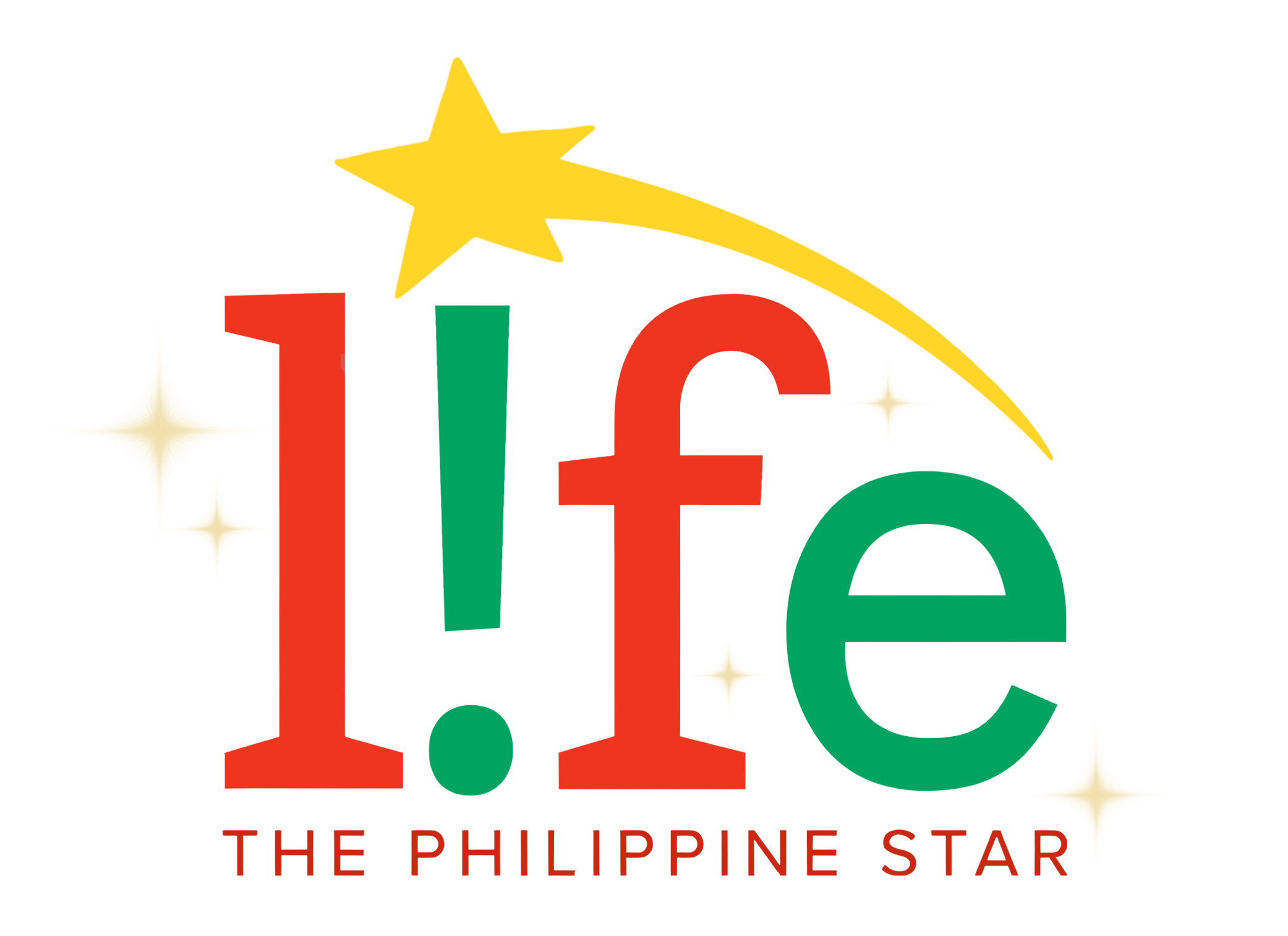What to eat, what not to eat, and when to workout during each phase of your menstrual cycle
There are many different reasons why women would rather not work out while on their period. Whether it’s cramps, worry of leaking, or just being in a slump, some of us are led to believe that exercising while on our periods is a no-no. But the truth of the matter is: the only barrier to a woman working out on her period is the woman herself.
While studies show that movement helps deal with menstrual cramps, lessening the intensity of workouts might just be our best bet during “that time of the month.” Even for the toughest women, it’s okay to slow down.
Truly listening to our bodies, especially while on our periods, is the only way for us to know how to give it what it needs. And so, RND Jo Sebastian helps us understand what really goes on during our menstrual cycle so we can plan our workouts and diets around it:
The Follicular or Menstrual Phase (Days 1-12)
In the absence of a baby in the womb, this is when the uterine lining sheds. In simpler terms, this is when women bleed. While this usually lasts for three to seven days, it differs from woman to woman. As it is with the length of this phase, symptoms vary too—from cramps, fatigue, acne, back pain, bloating, cravings, and more.
To lessen symptoms, an intake of iron-rich food like tofu, leafy greens, and nuts and seeds, is highly advised. They are also best paired with vitamin C sources like tomatoes, citrus fruits, and spinach, and food rich in potassium like bananas. Sodium levels tend to decrease at this phase, too, so drinking lots of water is important to keep us hydrated. Lastly, it would be best to avoid oily and fatty foods as this can increase cramping.

The Ovulation Phase (Days 14-16)
This is when the egg is released in preparation for fertilization. While this is considered to be a woman’s most fertile state, this is also when they are their most energetic selves.
That said, if you plan your workouts around your period, this is the best time to lift heavy or go all out.

What matters is that you stay consistent in nourishing your body and taking care of yourself. No one knows how to do that better than you!
The Luteal Phase (Days 17-28)
During this phase, our hormone levels decline—it’s our body’s way of being sad over a non-pregnancy. In this time, our systems prepare us for the dreaded premenstrual syndrome or PMS, where we might just be our moodiest selves thanks to mood swings, bloating, fatigue, and cravings.
It’s important to take note of patterns and cravings most especially at this time. Increased estrogen levels can result in increased carbs and sugar cravings, as the body burns about 200-300 kcal more than usual. At this time, it’s also normal to feel constipated, so more fiber intake is highly recommended, and watching out for FODMAP (fermentable oligosaccharides, disaccharides, monosaccharides, and polyols) is a must as this can make you gassy. As we should every day, it’s important to stay hydrated and eat fresh foods as much as possible.

But, none of these is ever one-size-fits-all: each woman, each body, and each cycle is different, and as it is with our health and fitness, it’s always important to remember to listen to your bodies.
It’s okay to give into cravings once in a while, and it’s also okay to skip workouts every now and then—there’s absolutely no shame in that. What matters is that you stay consistent in nourishing your body and taking care of yourself. No one knows how to do that better than you!



